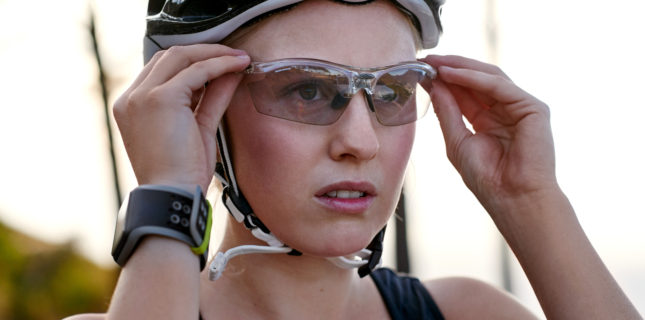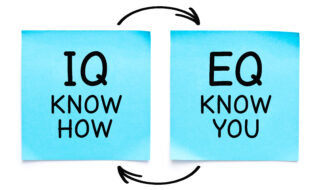
Eye Safety Indoors + Outside
Most people don’t think about protecting their eyes. Until someone they know is injured, that is.
Tip: It’s the ECP, not the parent, who is driving the subject of eye safety to families.
THE STATS
Nearly 2.5 million eye injuries occur to people in the U.S. every year. And fully one million Americans have already lost some of their vision to such an injury. Make sure your patients understand the enormity of these numbers…and what it can mean to them and their loved ones. And, just as important, be certain they understand that nine out of ten injuries could be prevented…mostly by investing in eye protection for themselves and their family members. It’s a subject that’s taken seriously by OSHA for the workplace, requiring eye protection be provided to protect against environmental, chemical, radiological, or mechanical hazards and eye irritants (www.OSHA.gov). In other settings, however, protection is not so clear cut.
KID CARE
It’s also an especially serious issue when it comes to protecting young eyes. According to The Vision Council Child Vision Care Report for 2018, 66.5% of kids under age 18 don’t wear any form of vision protection (plano or Rx). And only 4% of adults surveyed by The Vision Council said they’ve purchased protective eyewear or sports goggles, while 9% said they have recently purchased plano sunglasses for a child. Fortunately, most ECPs place kids in polycarbonate or lenses with Trivex. Unfortunately, the majority of parents still don’t know to ask for them. The point? It’s the ECP, not the parent, who is driving the subject of eye safety to the families in their practice.
THE MESSAGING
You may not want to drive sales with scare tactics. There are, however, subtle reminders you can include in your messaging. You can, for example, put up a poster and/or add a video on the subject to content played in your waiting room. And as part of the “lifestyle conversation” or patient form, be sure to ask about the three sides of safety—at home, on the job, and in sports. And, be sure to tie both product offerings and in-store messaging to those three critical areas as well.
THE OFFERINGS
What might those product offerings include? Talk to your vendors about some of the great point-of-purchase materials available to bring home the message of lens safety with polycarbonate and Trivex lenses. And, whether in the chair or the dispensary, make sure the importance of these materials for both children and adults are stressed. The “duty to warn” is something to take seriously, for sure. That’s one reason why offering plano safety product makes sense, too. Whether it’s a small rotator with sports googles (for both children and adults) or a display stressing their available in Rx, too, it’s a category that both serves patients and provides an additional revenue stream for your practice.
COMMUNICATE IT
Check out websites like preventblindness.org for stats and sports-specific information to include on Twitter or Facebook. Parents should, for example, know that kids under age 14 are most likely to experience eye injuries participating in water and pool activities. For teens, its basketball. When possible, take that information into the community. To parents’ groups, teams, and coaches. And, emphasize for all outdoor wear the importance of not just safe lens materials but also blue light-attenuating lenses.
Do you routinely discuss this with patients and stress the importance of vision protection for all members of the family? Tell us how you communicate these critical messages, and share in the conversation on Facebook here.
Comments are closed.









